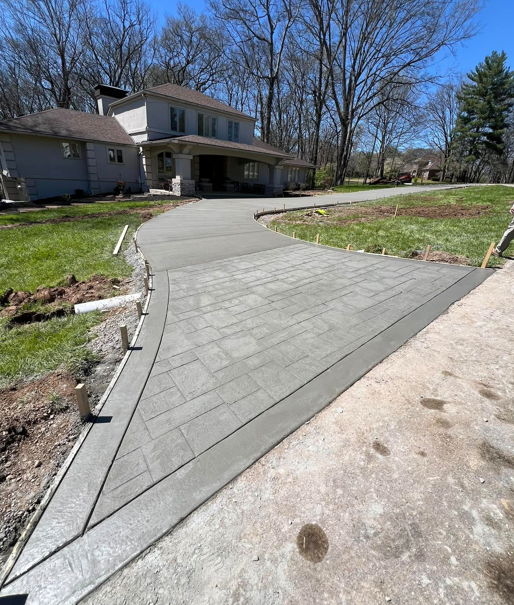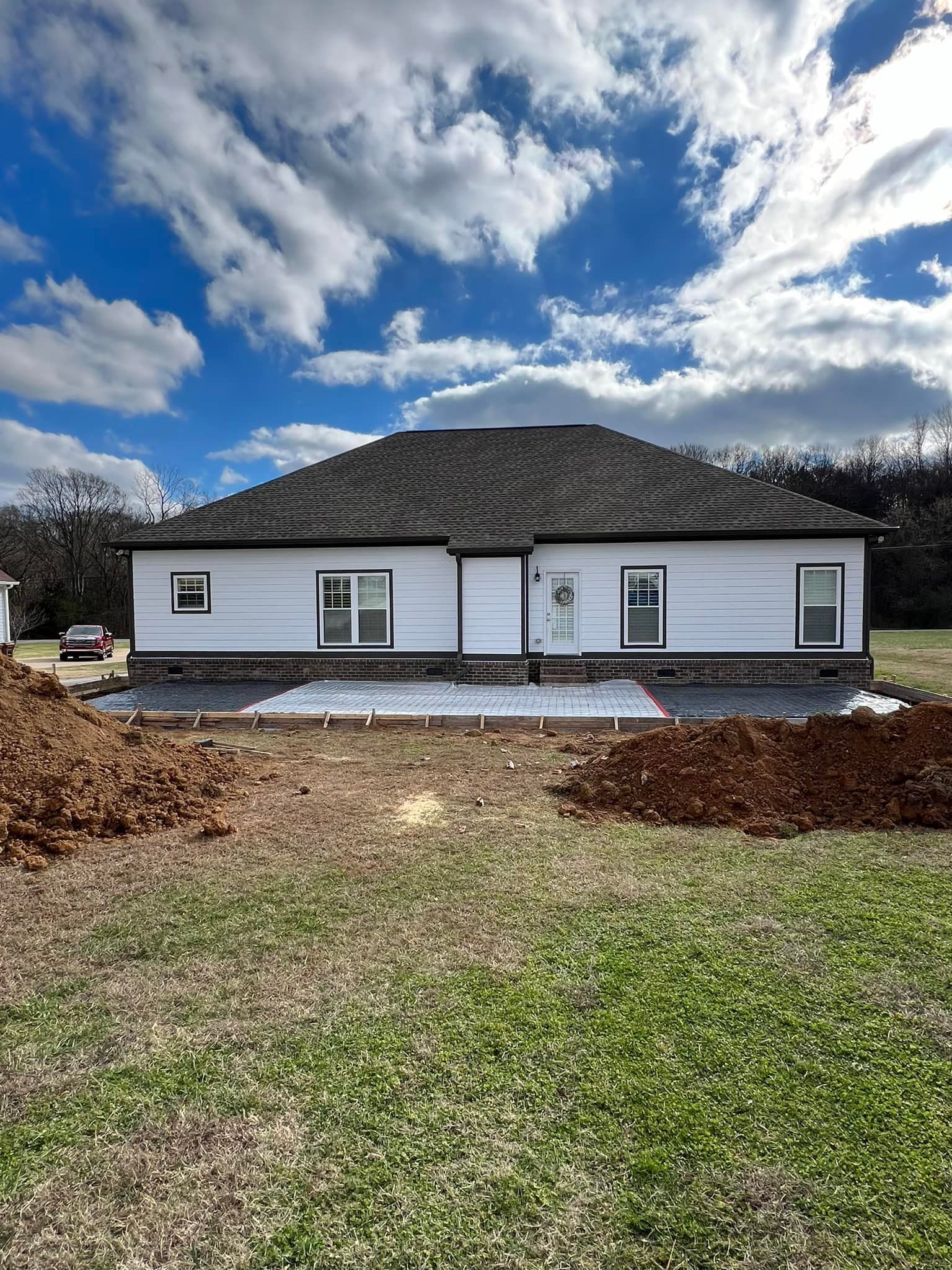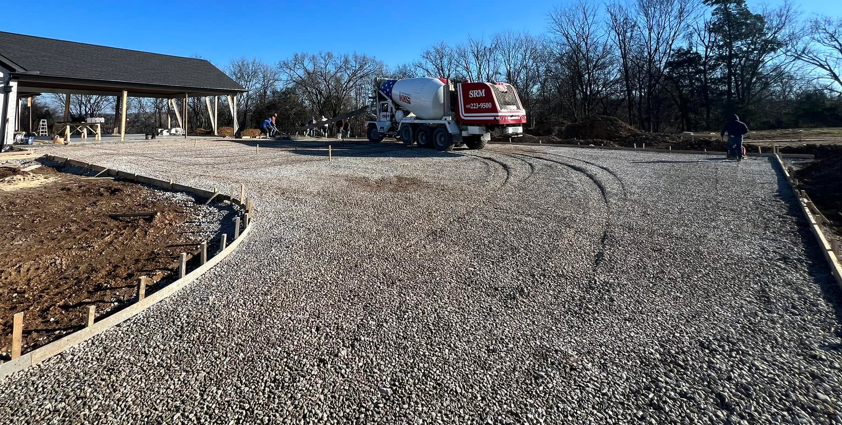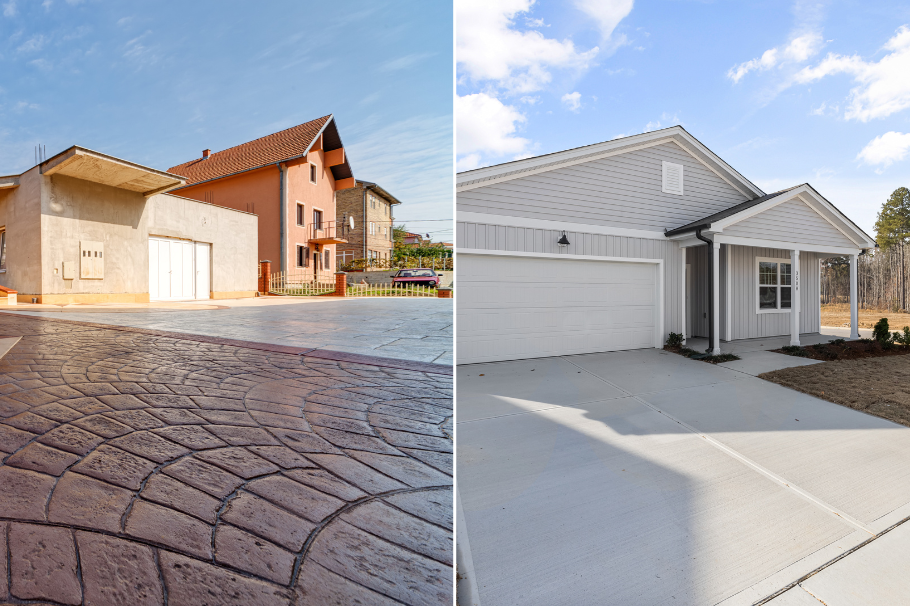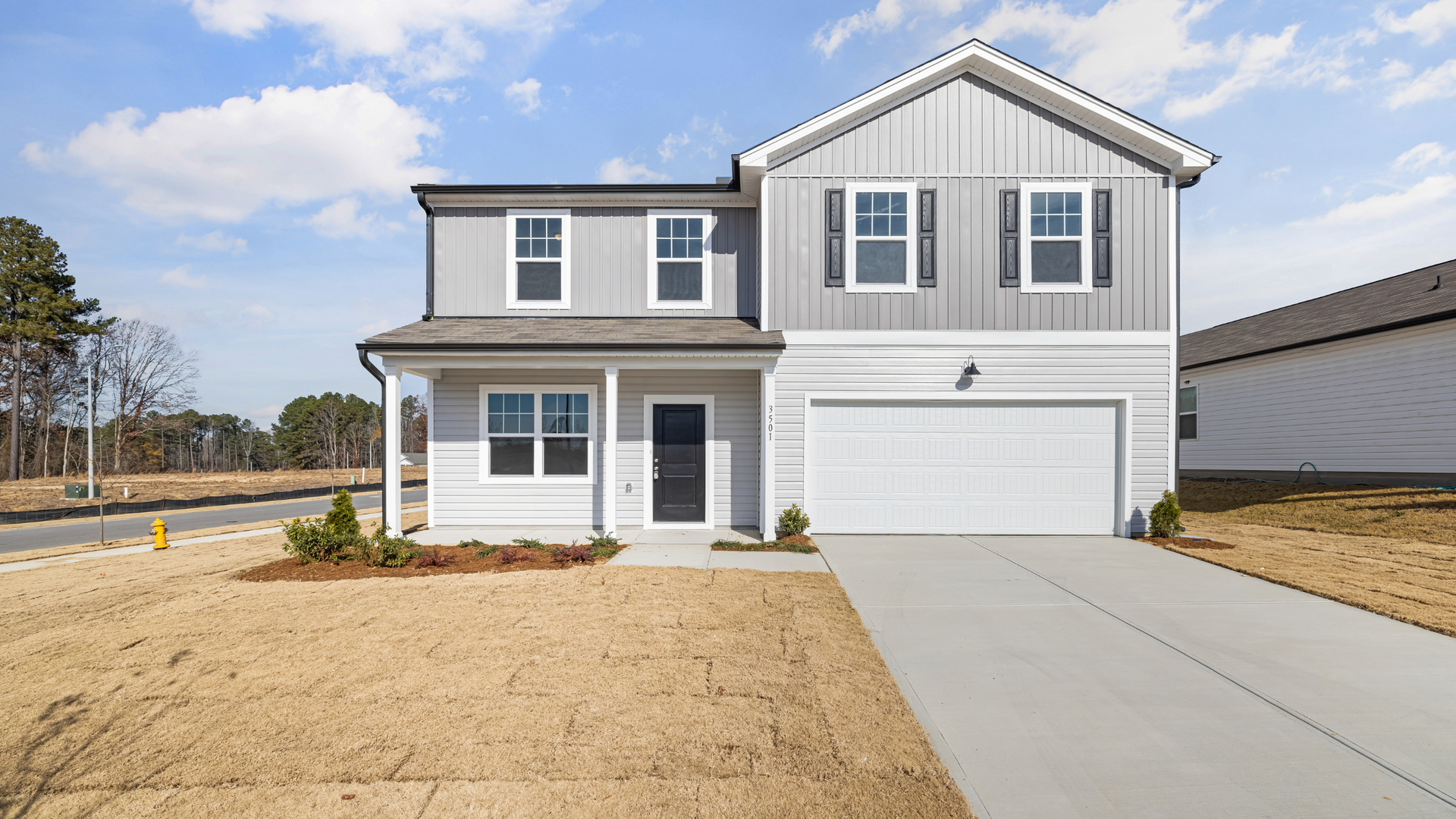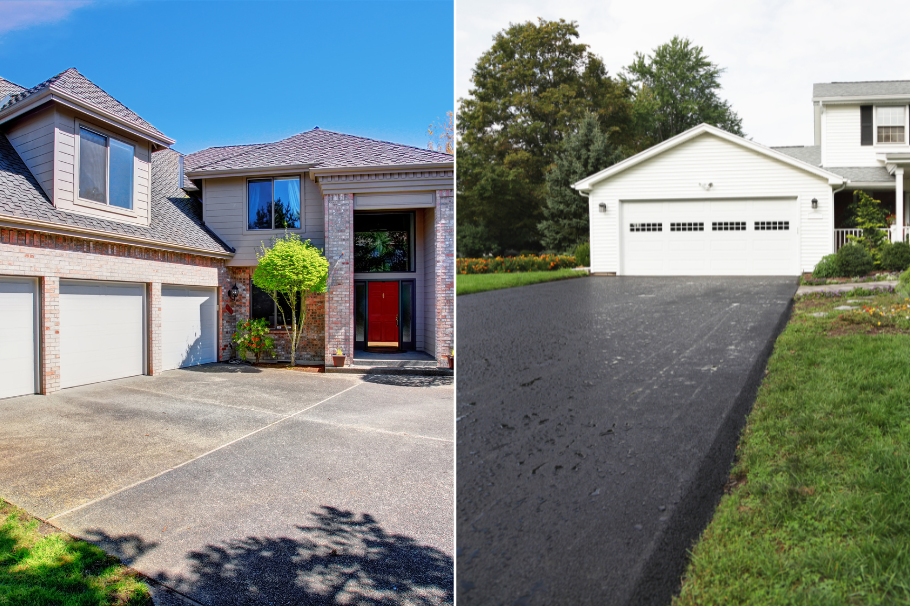How to Repair Cracks in Concrete Sidewalks
Concrete sidewalks are an essential feature in our neighborhoods, offering both safety and aesthetic appeal. However, over time, they are prone to cracking, creating both visual eyesores and potential hazards. Cracks in concrete sidewalks can arise due to several reasons, each necessitating careful attention to ensure effective solutions. This comprehensive guide will cover why cracks appear, how to repair them properly, and when to consider full replacement for lasting results.

Why Do Concrete Sidewalks Crack?
First, let’s take a close look at why cracks form in concrete sidewalks. Recognizing the underlying causes is crucial for proper repair and future prevention. Here are some common factors:
- Temperature Fluctuations: Concrete expands during high temperatures and contracts in cold conditions. Over time, these repetitive movements lead to cracks and structural stress.
- Heavy Loads: Sidewalks subjected to heavy loads from vehicles or construction equipment can develop pressure-induced cracks. The weight can cause stress that exceeds the concrete’s capacity.
- Improper Installation: Poor compaction of the base or inadequate curing methods weaken the concrete’s integrity. This makes it more vulnerable to environmental changes and wear. (Source: ConcreteNetwork)
- Tree Roots: Nearby trees, while beautiful, often cause issues by pushing up and against concrete slabs. Their roots can lift or displace the sidewalk over time.
- Water Infiltration: Concrete is porous, and water can seep in. During freeze-thaw cycles, trapped water expands, leading to cracks.
Table 1: Common Causes and Recommended Solutions for Concrete Sidewalk Cracks
| Cause | Description | Recommended Solution |
|---|---|---|
| Temperature Fluctuations | Concrete expands and contracts with weather | Install expansion joints, use sealants |
| Heavy Loads | High pressure from vehicles and equipment | Increase concrete thickness, reinforcement |
| Improper Installation | Weak base, improper curing | Ensure proper base preparation |
| Tree Roots | Roots lifting and shifting slabs | Install root barriers, adjust placement |
| Water Infiltration | Water penetration, freeze-thaw damage | Apply waterproof sealers, seal cracks |
Types of Cracks in Concrete Sidewalks
Moreover, different types of cracks require different solutions. Identifying the type of crack helps you determine the appropriate repair strategy.
- Hairline Cracks: These are very narrow cracks, usually caused by shrinkage as the concrete dries. They are more of a cosmetic concern but can widen over time.
- Structural Cracks: These larger, deeper cracks affect the overall integrity of the sidewalk. They often indicate a more serious issue with the base or the load capacity. (Source: Family Handyman)
- Expansion Cracks: If expansion joints are insufficient, stress can build up, causing cracks that may compromise the concrete’s durability.
In addition, understanding the severity of a crack helps you decide if it’s best to repair or replace the affected area entirely.
Repair Methods for Concrete Sidewalks
Next, we’ll discuss several repair options for concrete sidewalks based on the crack size and type. Selecting the right repair method ensures your sidewalk’s long-term durability.
1. Patching Hairline Cracks
Similarly, patching small hairline cracks is a simple and cost-effective process. This repair method works well for cosmetic issues that do not compromise structural integrity.
Steps to Patch Hairline Cracks:
- Clean the Crack: Use a stiff brush or pressure washer to remove dirt, debris, and loose particles from the crack.
- Apply a Concrete Patch Compound: Use a ready-made patching mix designed for minor cracks. Apply it using a trowel, ensuring the compound fills the entire crack.
- Smooth the Surface: Once the patching compound is applied, use a trowel to level the surface. Allow it to dry thoroughly.
In fact, patching hairline cracks can significantly improve the appearance of a sidewalk while preventing further widening of the cracks.
2. Repairing Larger Cracks
On the other hand, larger and more severe cracks require more robust solutions. Addressing these cracks correctly is crucial to avoid future issues.
Steps to Repair Large Cracks:
- Chisel and Widen the Crack: Create a “V” shape by chiseling the edges of the crack. This ensures better adhesion and bonding.
- Clean the Area Thoroughly: Use a brush or compressed air to remove all dust and debris, which ensures better bonding. (Source: HomeAdvisor)
- Apply a Bonding Adhesive: This step promotes a strong bond between the existing concrete and the filler material.
- Fill with a Concrete Filler or Epoxy: Pour or inject the filler into the crack and smooth it using a trowel. Level it with the sidewalk surface for a seamless finish.
Table 2: Crack Repair Costs and Benefits
| Repair Type | Description | Cost Range per Square Foot |
|---|---|---|
| Hairline Crack Repair | Minor cracks with cosmetic patching | $2 - $4 |
| Large Crack Repair | Wider/deeper cracks with bonding adhesives | $4 - $8 |
When to Replace Concrete Sidewalks
Therefore, not every crack can be effectively repaired. In some situations, replacement becomes a more economical and lasting option. Consider replacing the sidewalk when:
- Multiple Cracks: Extensive cracking across a large area indicates widespread issues that simple repairs can’t resolve.
- Weak Foundation: If the base is unstable, it compromises the strength of the entire sidewalk.
- Safety Hazards: Large gaps or uneven slabs can pose trip hazards for pedestrians.
Benefits of Replacing Concrete Sidewalks
Consequently, opting for a new concrete sidewalk provides several long-term advantages:
- Enhanced Longevity: A newly installed sidewalk, if properly maintained, can last 20-30 years.
- Improved Curb Appeal: Smooth, flawless surfaces boost your property’s appearance.
- Greater Safety: No trip hazards or structural weaknesses mean better peace of mind.
Indeed, in many cases, replacement offers greater value than constant, costly repairs.
Table 3: Comparing Repair vs. Replacement Costs
| Option | Cost Range per Square Foot | Long-Term Value |
|---|---|---|
| Repair | $2 - $8 | Short-term solution |
| Replacement | $6 - $12 | Long-term durability |
How to Replace Concrete Sidewalks
Finally, here is what replacing a sidewalk involves:
- Break Up and Remove Old Concrete: Demolish and clear the old slab.
- Prepare and Compact the Base: Level the ground and create a strong, compacted base.
- Pour and Level New Concrete: Spread the concrete evenly and smooth the surface.
- Allow Proper Curing: Give the new sidewalk ample time to cure for maximum durability. (Source: This Old House)
Why Choose AMC Concrete for Your Sidewalk Replacement
Above all, AMC Concrete provides exceptional service in replacing and installing new concrete sidewalks. Our skilled team ensures high-quality craftsmanship and long-lasting results. When you choose us for your sidewalk project, you’re investing in safety, aesthetics, and durability.
Common Questions on Concrete Sidewalks
1. How long do concrete sidewalks last?
- Typically, concrete sidewalks last between 20 and 30 years with adequate care and maintenance.
2. Can I prevent cracks in concrete sidewalks?
- Yes, you can minimize cracking by using expansion joints, sealants, and proper installation techniques.
3. When should I replace rather than repair my sidewalk?
- Consider replacement if you notice extensive cracks, weakened foundations, or serious trip hazards.
4. Are there eco-friendly materials for concrete sidewalks?
- Yes, using recycled materials or environmentally friendly mixes is possible.
5. What’s the cost range for replacing a sidewalk?
- Generally, costs range from $6 to $12 per square foot, depending on location and project specifics.
Ready to enhance your property with a new, beautiful concrete sidewalk? Contact AMC Concrete today for expert advice and top-notch installation. We deliver lasting, quality results tailored to your needs. Get in touch now!
